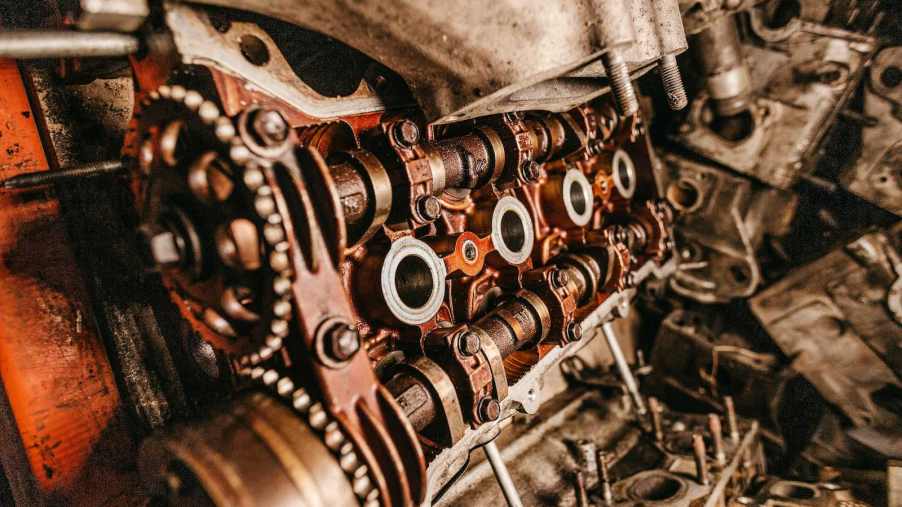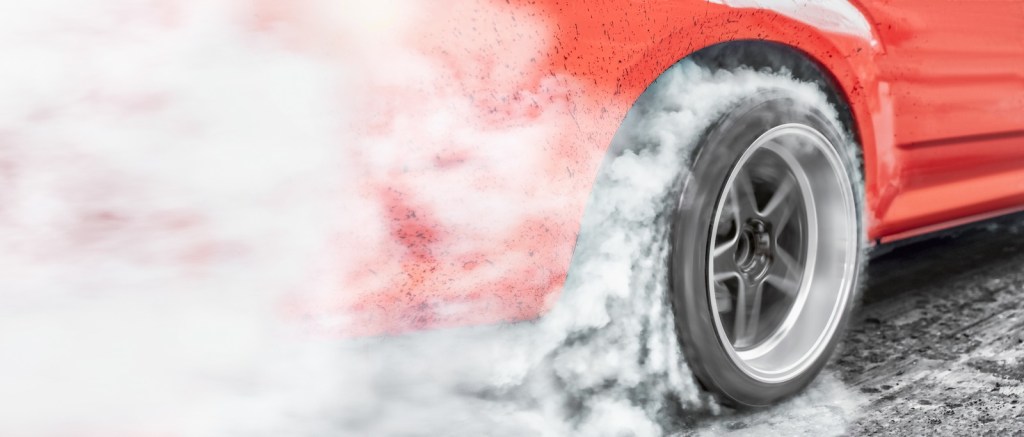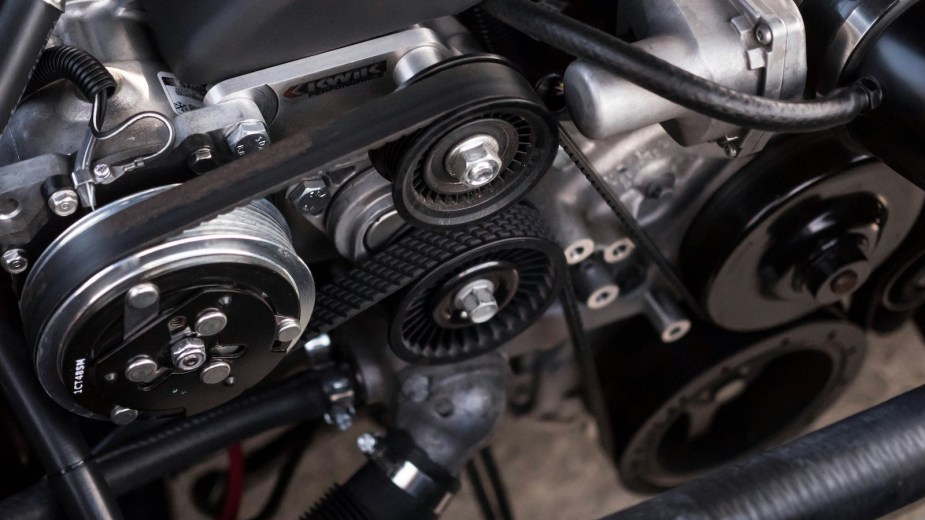
See What Actually Breaks When You Overheat an Engine
The lunatics at Donut Media will run any test in the name of science. So it’s not surprising that they blew up their BMW I6 engine to show exactly what happens to an engine when overheated repeatedly. And as tough as it is to see a good engine go, I am glad they did it. This helpful video perfectly illustrates multiple ways a hot, worn out engine can fail.
First of all, Donut has a BMW track car that was already running hot. They planned to swap engines, so they thought Why not overheat this one for science? The team all took turns tearing around the track with the engine near redline. When it was still running, they just over-revved the engine until it broke down.

To make a complex diagnosis simpler, you can break most overheating engine failures into two categories. As the coolant gets too hot, some aspect of the coolant system can give out and shut the engine down. Common culprits here include the thermostat or the plastic impellers on the end of the water pump.
But if an engine is run far too hot (think 300 degrees Fahrenheit) repeatedly, the oil cooling system can fail. Even the oil itself can lose its cooling properties. When this happens, aspects of the rotating assembly at the bottom end of the engine can break.
Donut found that the top end of their engine had been starved of coolant because the coolant passages were blocked. This was likely why the car had been overheating on previous track days. When they redlined the engine, they likely did more damage. The intake and exhaust valves were destroyed and not sealing. As a result, one cylinder had lost 85% of its efficiency. Another had lost 75%.

But their BMW engined needed much more than valve replacements. The aluminum cylinder head was warped because the extreme heat had twisted or bent the metal itself. The team found gaps that were three times the recommended tolerance. BMW tolerances are tight from the factory, but this cylinder head was pretty messed up regardless.
Because there wasn’t yet any head gasket failure, I’d wager the head warped on the final track day. If it has been that warped for some time, I expect the team would have found coolant and oil mixing.
Remember that whole second series of problems that occur when the oil system gets too hot? This can include spun bearings or cooked piston rings. Well, Donut didn’t find any of these problems after overheating their engine. Likely, an hour of extremely hot driving wasn’t enough to destroy the oil. Running it a bit too hot day in and day out might have destroyed a greater number of components. That said, refinishing the warped head is no small task.
Next, find out how to “read” your spark plugs to learn your engine’s secrets.
See the toasted BMW engine for yourself in the video below. [Trigger warning: Engines were absolutely harmed in the making of this video].



